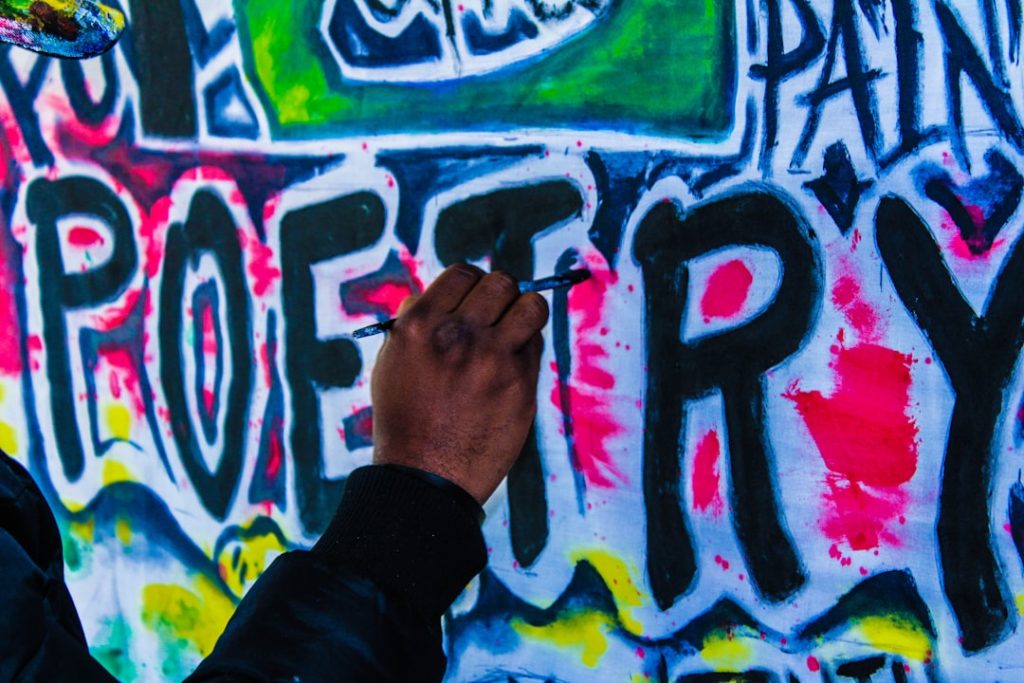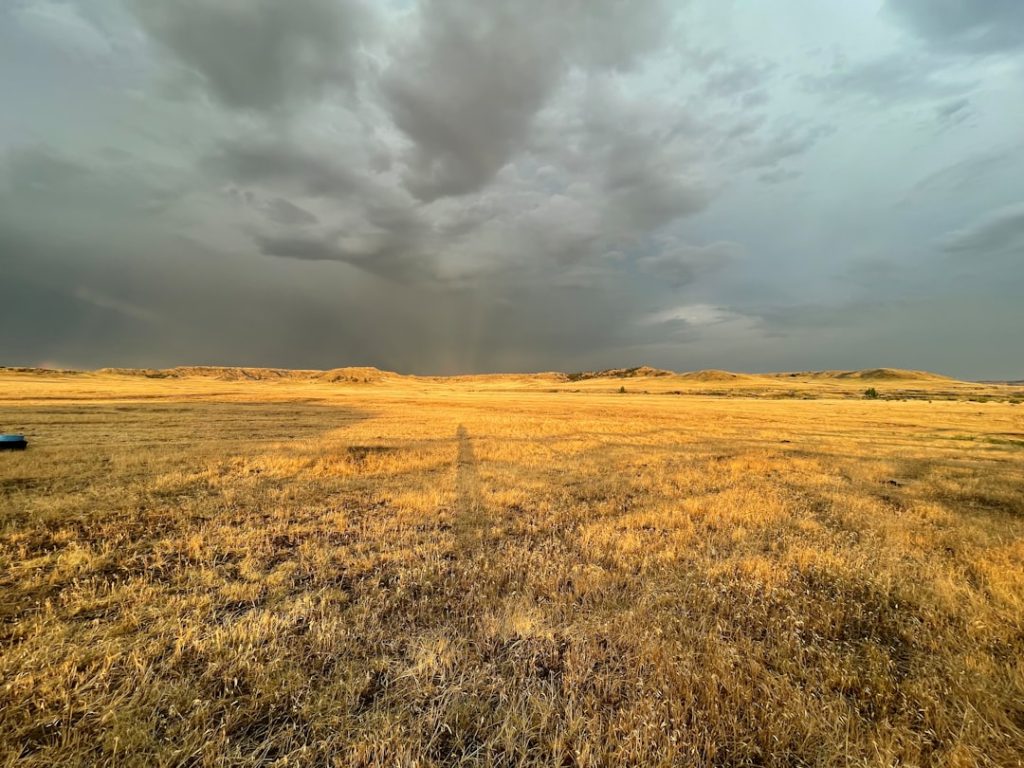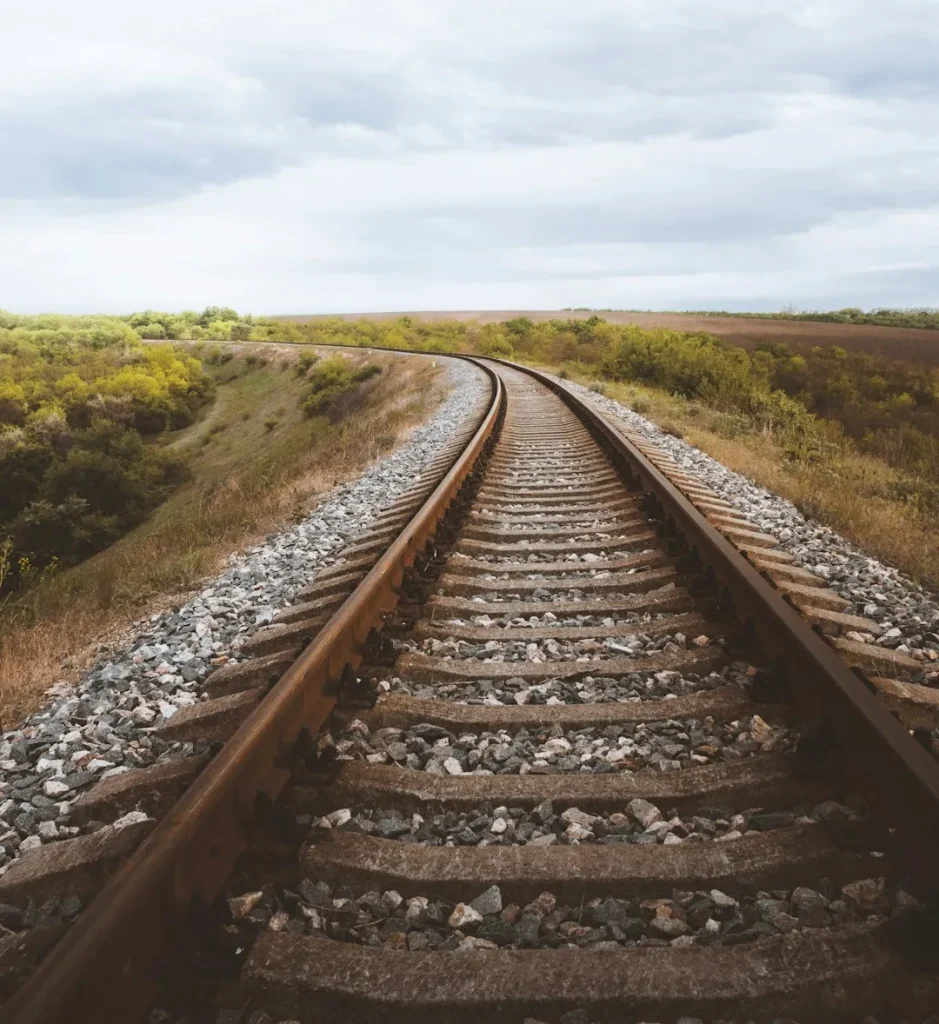
Slam
We're supposed to go to the poetry slam,
but no one can find a ride uptown.
Damien wants to go see this arty foreign film
that had been released in, like, three markets.
We say, no, what's the point?
Maria comes in and stops next to Damien's brother.
Hi, she says and blushes.
It's not pretty on her.
Damien's brother snorts
and goes to the kitchen for a beer.
Jason pulls out his phone and
starts looking for good Chinese food.
Kelly asks, can we get Cuban sandwiches instead?
I'm bored with all this, so I say
We should all just go to the Tastee-Freez.
Stephanie stands in the doorway.
Hints, she says, cost a nickel.
Then she laughs
and no one knows what she's talking about.
Damien's mom just stands in the kitchen -
holding that big spoon in her left hand.
Originally published in the American Journal of Poetry, July 2021.
Published on The Laundry Line, September 2, 2025.




